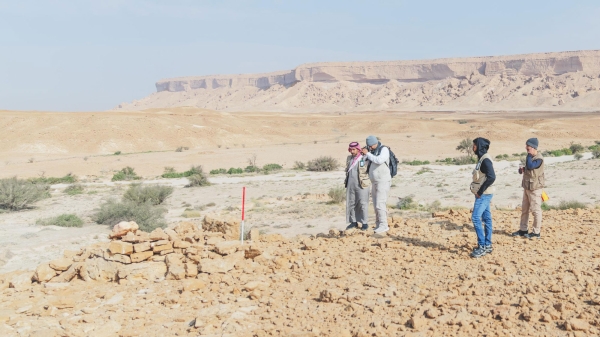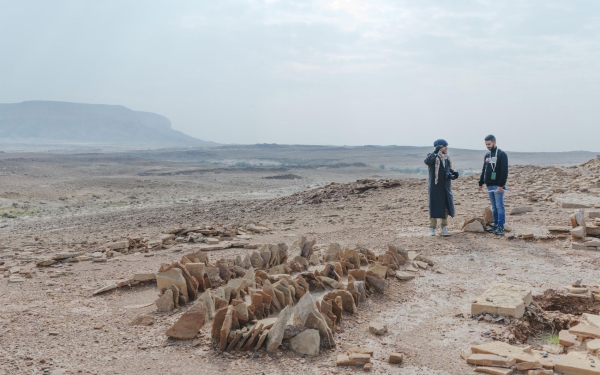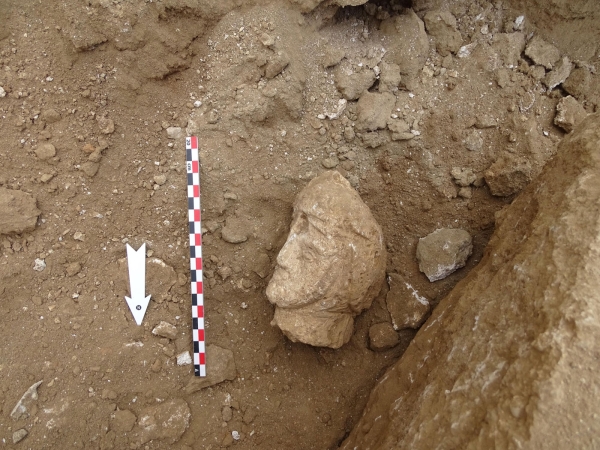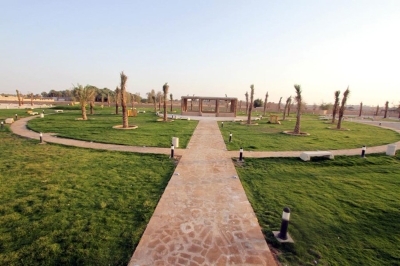



The Comprehensive Archaeological Survey Program in the Kingdom of Saudi Arabia is a Saudi program launched in 1975 to gather information and identify the features of archaeological sites, including their surface characteristics and climatic influences over past centuries. It was overseen by the Department of Antiquities and Museums in the Ministry of Knowledge at the time.
Objectives of the Comprehensive Archaeological Survey Program in Saudi Arabia
The program aims to identify archaeological sites in the Kingdom where comprehensive work will be focused in the future. The Kingdom was divided into six regions to organize the survey work. In addition to the general and comprehensive survey, the well-known Hajj route, "Darb Zubaida," extending from Kufa to Makkah al-Mukarramah, was surveyed. The first season of the program began in 1976.
The first phase of the fieldwork for the program was initially directed towards al-Jawf Province, Wadi Sirhan, and the Eastern Province. The preparation of a comprehensive survey of the archaeological resources and sources in the Kingdom was the starting point for the entire archaeological survey project.
Organization of the archaeology sector in Saudi Arabia
The Kingdom organized the archaeology sector through the Antiquities, Museums, and Urban Heritage Law issued in 2014. The law assigned the responsibility to the Saudi Commission for Tourism and Antiquities (currently the Heritage Commission under the Ministry of Culture), which includes archaeological surveys related to all activities of exploring and documenting archaeological sites using various scientific methods, whether on the surface, underground, or underwater.
The commission holds the right to conduct archaeological surveys and excavations. It is authorized to grant licenses to universities, organizations, institutions, national scientific societies, archaeologists, and foreign missions to conduct archaeological surveys and excavations, either individually or in collaboration with the commission.
Related quizzes
Related articles
